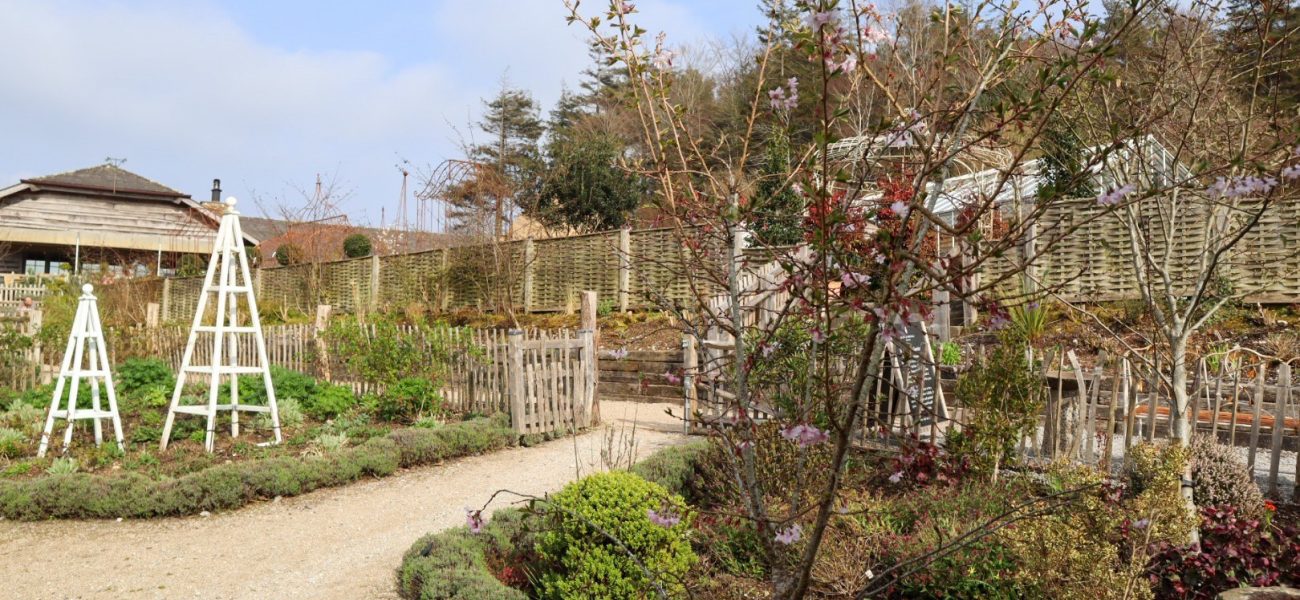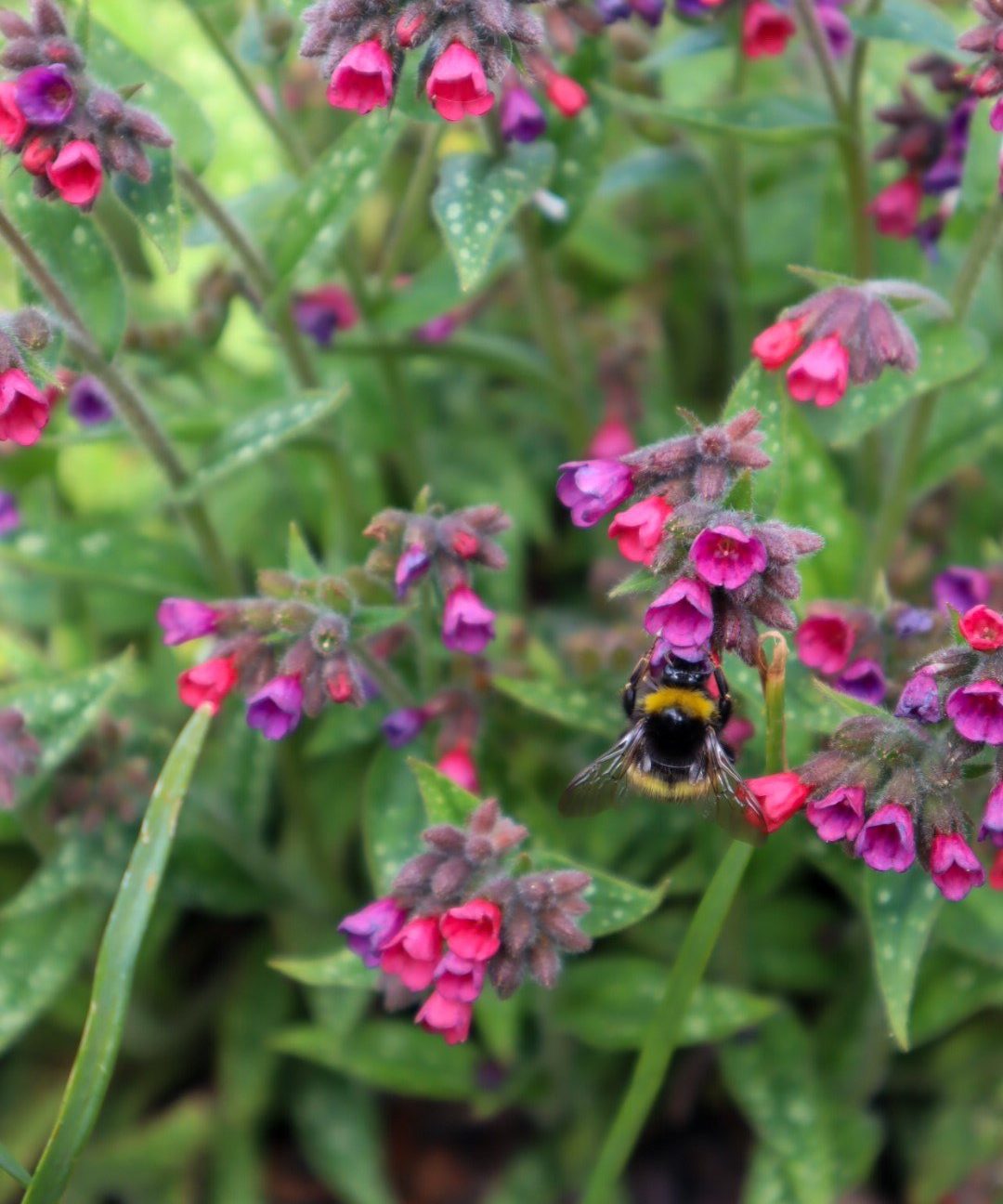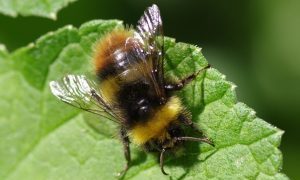
Bumblebee Blog - April 2022
In her latest journal entry, Becky brings us up to date with what is happening in the Bumblebee Garden. From flowering spring bulbs to the importance of this period in the lifecycle of the bumblebee.
The snowdrops have faded away, but other spring bulbs are out. Anemone blanda ‘Blue Shades’ is probably the brightest bloom at the moment. It’s also known as the Balkan anemone, or Greek windflower, and is a delightful bright blue. It comes in pink and white forms too and is easy to grow in sun or deciduous shade. The corms are small and take up very little room. Squeeze some in.

There are several varieties of wallflower in bloom now. These old-fashioned biennials should not be underestimated; they are deliciously fragrant, long-flowering, easy to grow and come in a good range of colours except blue and mauve. Another plant drawing in the bees is Pulmonaria ‘Raspberry Splash’. Though it doesn’t have the same visual impact as the anemone, it is clearly popular with bumblebees.

The first overwintered sweet pea seedlings have been planted, hopefully not too early. Overwintered hardy annuals - cornflowers, Nigella, Gypsophila, and bugloss - have also been planted out.
As we see the bumblebees feeding, it is worth reflecting on what they are up to in their life cycle. The bees we see feeding now are the overwintered queens from last summer’s hatch. Those that have survived hibernation will be busy making their nests and laying eggs to create a new colony. It is quite a complicated procedure. First the queen must find a suitable site which needs to be a dry hollow space, ideally with material such as animal hair, dried moss, or grass inside.
Old rodent burrows are ideal. She will then hollow out this space to make a cavity about the size of a tangerine. Once she is satisfied with her nest, she starts to extrude wax and using her legs and mandibles she fashions it into a little wax pot, about the size of her own body. This is her brood cell. Next comes the hard work of filling the cell with pollen and nectar which will be the only food for her developing eggs. At the same time, she will make a smaller wax pot, usually close by, which she will fill with nectar to feed herself, and her offspring in due course.
When the brood cell is packed full, she will lay eggs on top. Remember, she mated the previous summer before she hibernated. She then secretes more wax to make a lid and seals the eggs into the brood cell. After about five days the eggs hatch into larvae which then feed on the pollen-nectar mix, and grow, for two to three weeks before pupating. During this time, up to a month, the queen must make sure the nest keeps warm, ideally 25-30 C.
The larvae will generate some heat themselves, but if necessary, the queen will sit on top of the cell and buzz her muscles to make heat, which she transfers to the nest via her abdomen. This demands huge amounts of energy which she must obtain from foraged nectar. If she is unable to forage, she can use her second pot of nectar, her larder. The larvae will die, and the nest will fail if the temperature drops below 10 C. If all goes well, the larvae will be ready to pupate after several weeks. The queen detects the presence of pupae and starts to lay more eggs. She has no rest.



